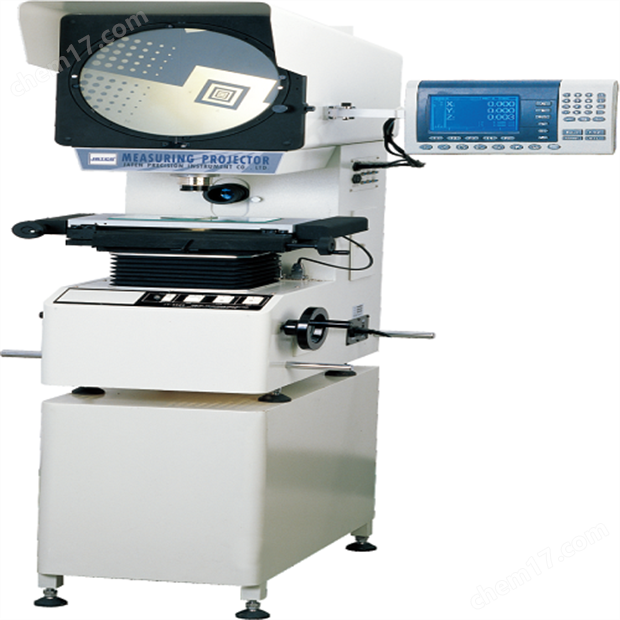Understanding Neutral Density Filters

Neutral Density (ND) filters are designed to reduce transmission evenly across a portion of a specific spectrum. ND filters are typically defined by their Optical Density (OD) which describes the amount of energy blocked by the filter. A high optical density value indicates very low transmission, and low optical density indicates high transmission (Equations 1 – 2). ND filters can be stacked to achieve a custom optical density. To calculate the final system OD, simply add the OD of each filter together.


Example 1: What is the transmission if OD 0.3 and OD 1.5 filters are stacked?


Example 2: How can I build a filter with 0.5% Transmission?

ODtotal of 2.3 could be created by stacking OD 0.3 + OD 2.0 or OD 1.0 + OD 1.3.
Types of Neutral Density Filters
There are two types of ND filters: reflective and absorptive. Reflective ND filters consist of thin film optical coatings, typically metallic, that have been applied to a glass substrate. The coating can be optimized for specific wavelength ranges such as UV-VIS or NIR. The thin film coating primarily reflects light back toward the source. Special care should be taken to ensure the reflected light does not interfere with the system setup. Absorptive ND filters utilize a glass substrate to absorb light by a specific percentage.
相關產品
免責聲明
- 凡本網注明“來源:化工儀器網”的所有作品,均為浙江興旺寶明通網絡有限公司-化工儀器網合法擁有版權或有權使用的作品,未經本網授權不得轉載、摘編或利用其它方式使用上述作品。已經本網授權使用作品的,應在授權范圍內使用,并注明“來源:化工儀器網”。違反上述聲明者,本網將追究其相關法律責任。
- 本網轉載并注明自其他來源(非化工儀器網)的作品,目的在于傳遞更多信息,并不代表本網贊同其觀點和對其真實性負責,不承擔此類作品侵權行為的直接責任及連帶責任。其他媒體、網站或個人從本網轉載時,必須保留本網注明的作品第一來源,并自負版權等法律責任。
- 如涉及作品內容、版權等問題,請在作品發表之日起一周內與本網聯系,否則視為放棄相關權利。
 手機版
手機版 化工儀器網手機版
化工儀器網手機版
 化工儀器網小程序
化工儀器網小程序
 官方微信
官方微信 公眾號:chem17
公眾號:chem17
 掃碼關注視頻號
掃碼關注視頻號




















 采購中心
采購中心